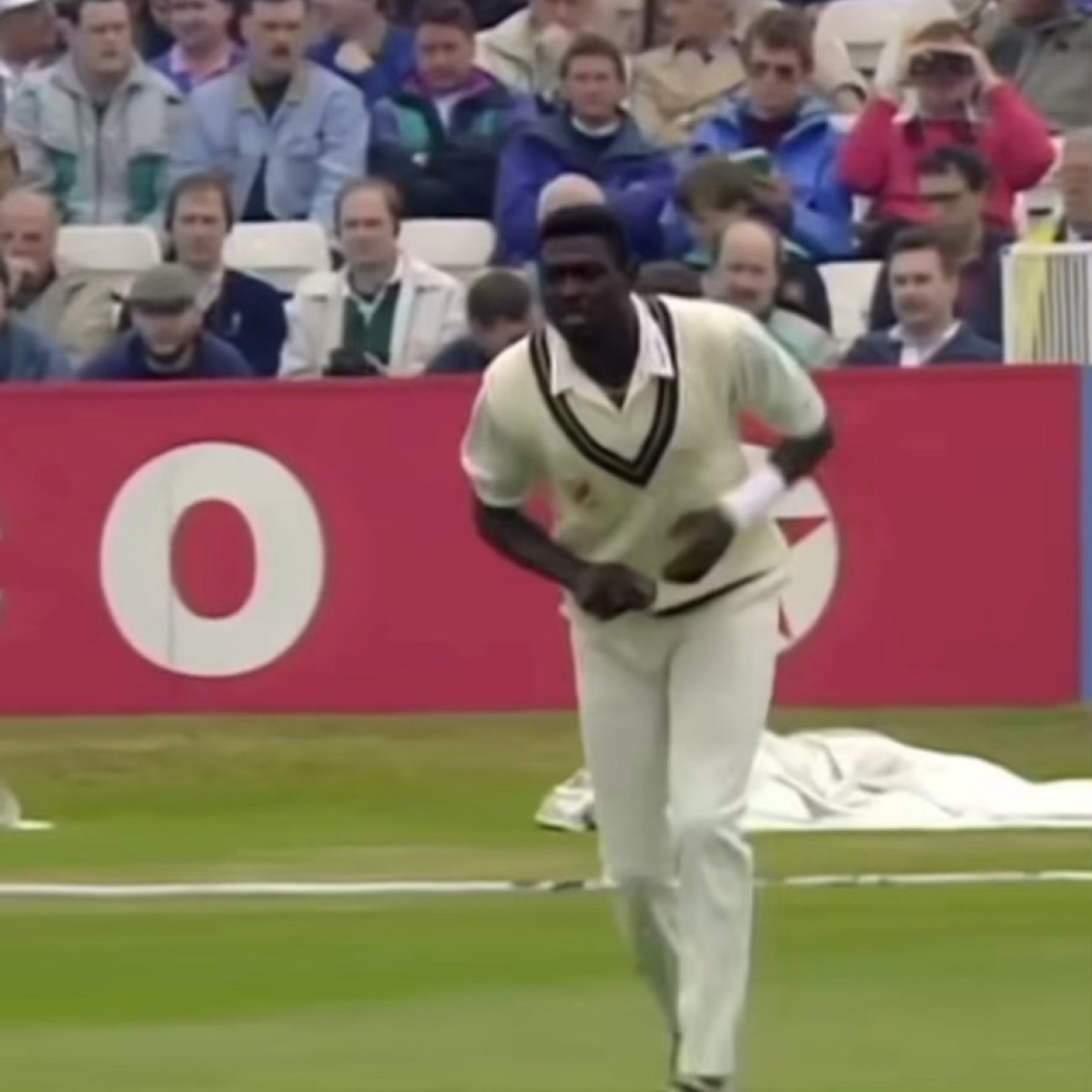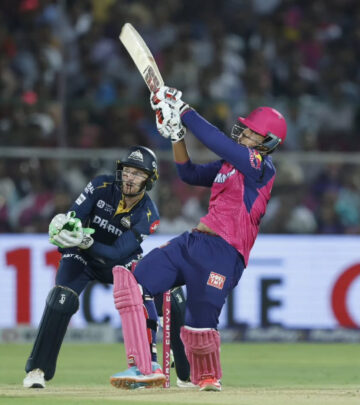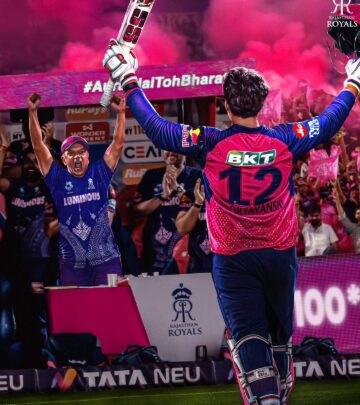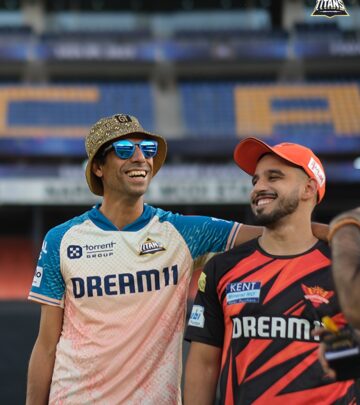Attractors in Fast Bowling: Boost Performance
Biomechanics, attractors and training strategies elevate fast bowling, says Steffan Jones.

Image: Instagram
Fast bowling is much more than a display of raw power—it’s a fine-tuned interplay of biomechanics, stability, and timing. Steffan Jones, renowned for his insights into sports performance and training strategies, dives deep into the concept of attractors in fast bowling. The idea is simple: under high-pressure moments, the body defaults to certain stable movement patterns, known as attractors. When properly trained, these patterns can enhance performance and reduce the risk of injuries, ultimately boosting a fast bowler’s overall output.
Understanding Attractors
Attractors refer to the stable movement patterns that the body tends to default to under pressure. According to the recent post by Steffan Jones, attractors are divided into three main types: Active Attractors, Active Emergency Attractors, and Passive Attractors. Active Attractors are desirable because they work to enhance a bowler’s performance while reducing the chance of injury. Conversely, Active Emergency Attractors serve a protective role but might come at the cost of performance output. More concerning are Passive Attractors, which not only reduce performance but also increase the risk of injury.
Key Attractors In Fast Bowling
Central to fast bowling are several biomechanical aspects that function as attractors at critical points of the delivery stride. The post outlines three essential attractors:
1. Ankle Stiffness at Back Foot Contact (BFC): A rigid, neutrally aligned ankle with proper pre-tensioning is beneficial, whereas deep dorsiflexion that leads to joint locking can be detrimental.
2. Pelvic Control at Front Foot Contact (FFC): Active stabilization provided by the abdominals and hip flexors is ideal. In contrast, passive forward rotation of the pelvis may result in an increased strain on the hamstrings.
3. Hip Positioning During Delivery: An ascending free hip helps in efficient energy transfer. However, if the hip descends during the delivery, it limits vertical motion and diminishes the effective reuse of energy.
Identifying Attractors
To pinpoint these attractors, one must consider the tight time constraints and the high forces inherent in fast bowling. The following situations are highlighted as key indicators:
• Time Pressure: Critical moments that demand rapid reaction—especially at the point of front foot contact.
• High Forces: Situations characterized by significant ground reaction forces, such as during back foot landing.
• Directional Changes: Moments involving quick shifts in movement direction that challenge balance and stability.
• Injury-Prone Areas: Commonly affected regions like the lower back and shoulders, where improper techniques might trigger injuries.
• Muscle Activity Transitions and Reflex Patterns: Points of transition—for example, when muscles switch from an eccentric to a concentric phase or when involuntary reflexes like a stumble response come into play.
• Movement Endpoints: Final positions which then influence subsequent actions.
Training Strategies
Building on the identification of attractors, the key to enhanced performance is to develop training strategies that not only reinforce good attractors but also help modify or destabilize bad ones. The suggested training methods include:
• Deepening Good Attractors: This involves reinforcing desirable movement patterns through repetition and controlled overload. Emphasis is placed on progressive skill development where complexity is gradually increased to enhance adaptability.
• Destabilizing Bad Attractors: By introducing variability in movement and challenging established patterns, coaches can nudge athletes toward more effective biomechanics.
• Reflex Integration: Specific drills that focus on training reflex responses in the actual bowling context help in aligning the neuromuscular system with the intended movement patterns.
Insights From Related Content
The discussion on attractors is complemented by previous posts from PaceLab. For instance, one post on the 1080 Sprint elaborates on how peak velocity, power, and acceleration metrics shed light on the kinetic chain during the run-up. In this context, hip-dominant bowlers tend to exhibit a shorter time to reach top speed and leverage horizontal force, while knee-dominant bowlers generate higher braking forces and encounter prolonged ground contact times. This detailed analysis underlines the pivotal role that a well-constructed run-up plays in the overall biomechanics of fast bowling.
Another related post highlights the concept of the Recharge Circuit—a training strategy designed to boost the central nervous system’s readiness after explosive efforts. By employing short, high-intent intervals with plenty of rest, fast bowlers can recover dopamine levels and maintain fast-twitch coordination. This approach dovetails with the idea that strength training is not just about bulk, but about building a system that transfers power efficiently throughout the bowling action.
Integrating Biomechanics With Recovery
Understanding and training these attractors is only part of the equation. The art of fast bowling also requires attention to recovery and load management. Poorly managed stress and fatigue, as discussed in a post on climatic fatigue, can lead to a sudden collapse in performance towards the end of the weekend. Here, too, attractors play their role—knowing when and how the athlete’s body defaults to less efficient patterns informs better planning of recovery cycles. Structured training cycles that incorporate competitive, specific development, and general preparatory exercises help maintain optimal performance while mitigating injury risks.
Conclusion
By harnessing the science of attractors in fast bowling, coaches and athletes can significantly elevate performance levels. Steffan Jones’ insights provide a roadmap to understanding the biomechanical fundamentals that underpin every delivery. Emphasizing strong, active attractors in tandem with precise training and recovery strategies ensures that bowlers not only stay at the peak of their performance but also reduce the likelihood of injury. This comprehensive approach is at the heart of modern fast bowling techniques and is revolutionizing how performance is measured and achieved.
In an ever-evolving sports landscape, blending biomechanics with smart training regimens remains essential. Armed with these insights, fast bowlers and their coaches can both trust the process and adapt techniques to remain competitive while maximizing their physical capabilities.
Read full bio of Joyce





















